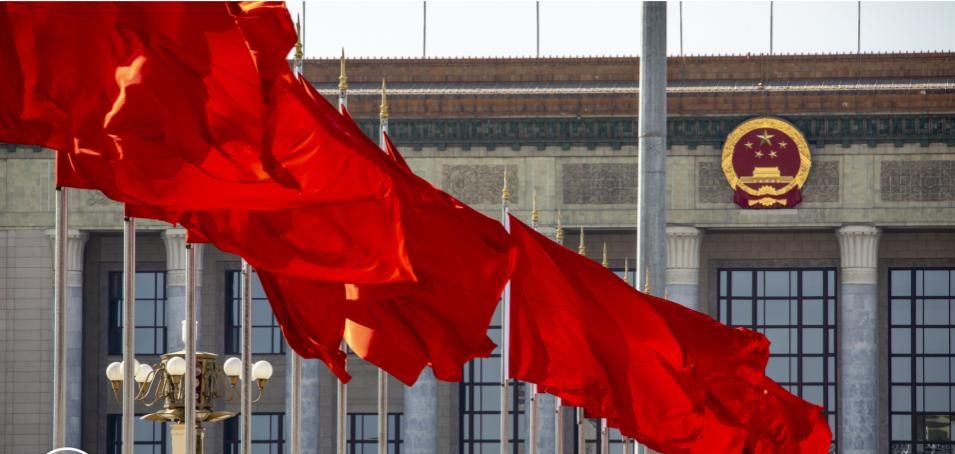
The year 2024 marks the 75th anniversary of the founding of the People’s Republic of China, a significant milestone in the country’s history. China has gone through several phases of development, starting with an initial socialist planned economy and transitioning to a market-oriented model with Chinese characteristics. These transformations have been made possible by comprehensive reforms, which began in the late 1970s and continue today under the leadership of Xi Jinping.
China’s modernization encompasses not only economic reforms but also technological innovations, infrastructure transformation, and significant efforts to improve environmental sustainability and social stability.
Over 75 years, China has made substantial progress in economic, social, and technological spheres. The “reform and opening-up” strategy initiated by Deng Xiaoping in 1978 became a turning point for the country, allowing it to shift from centralized management to a socialist market economy. Today, China is the world’s second-largest economy, with a GDP of over $17 trillion.
This article analyzes the key issues of Chinese modernization and deepening reforms discussed at the 3rd Plenum of the 20th CPC Central Committee, held from July 15 to 18, 2024, in Beijing, as well as lessons that could be applied to Kazakhstan in the context of its own modernization strategy.
Under Xi Jinping’s leadership, China has made significant strides in technological development, infrastructure modernization, and socio-economic reforms. Kazakhstan, aiming for similar goals, can draw on China’s experience to achieve sustainable economic growth and improve the quality of life for its citizens. The article concludes with a discussion of the importance of China’s ongoing modernization and Xi Jinping’s strategic role.
China’s economic growth in recent decades has been remarkable in both scale and stability. Over the past 30 years, the country has demonstrated consistent GDP growth, lifting hundreds of millions of people out of poverty and significantly improving the living standards of its citizens. By 2023, more than 400 million people in China had joined the middle class, an unprecedented achievement for a developing country.
State policy has focused on maintaining a balance between market mechanisms and government regulation, creating an effective model of economic growth. The development of the private sector with government support has become a vital element of economic modernization, driving technological progress and innovation.
One of China’s key accomplishments on its 75th anniversary is its recognition as a global leader in high technology. The country has actively invested in research and development (R&D), allowing it to take the lead in sectors such as artificial intelligence (AI), quantum computing, and renewable energy. China is the world’s largest producer of electronics and exporter of high-tech products, including mobile phones, semiconductors, and solar panels.
The Chinese government has implemented strategic programs aimed at creating new technological clusters and fostering innovation in key sectors of the economy, such as transportation, energy, and manufacturing. These programs aim not only to accelerate technological progress but also to enhance China’s global competitiveness.
Infrastructure modernization has been a key element of China’s economic growth. In recent decades, the country has built the world’s largest high-speed rail network, with a length exceeding 40,000 kilometers. Investments in transportation infrastructure, logistics, and energy have significantly improved regional connectivity and accelerated the internal migration of the workforce.
China is also actively advancing its digital infrastructure. Programs to create “smart” cities and integrate new technologies into urban management systems ensure more efficient use of resources and improve the quality of life for citizens. These initiatives aim to create modern cities capable of addressing the challenges of urbanization and population growth.
A crucial aspect of China’s modernization is its commitment to sustainable development. The country has set ambitious goals to achieve carbon neutrality by 2060. China is actively investing in the development of renewable energy sources, such as solar and wind energy, as well as in the electrification of transportation systems. By 2023, more than 30% of the country’s electricity was generated from renewable sources.
By 2023, China became the world’s leader in the production of solar panels and wind-generated electricity. Government programs promoting the adoption of renewable energy sources are helping reduce the country’s reliance on coal, which has historically been the primary energy source. The modernization of the energy sector is aimed not only at reducing carbon emissions but also at increasing the energy efficiency of all industries. This promotes not only ecological sustainability but also the creation of new jobs in green sectors, such as renewable energy equipment manufacturing and the construction of eco-friendly buildings.
The development of electric vehicles (EVs) is also a significant part of sustainable growth. China became the world’s largest EV market by 2023, producing over 60% of the world’s electric vehicles. Government subsidies and investments in charging station infrastructure have significantly increased the demand for environmentally friendly transportation. Green transportation development is a key element of China’s policy to reduce carbon emissions in cities and support global efforts to combat climate change.
Thus, sustainable development and ecology have become integral parts of China’s modernization policy, aimed at long-term prosperity and leadership in the global green economy.
China Studies Centre
